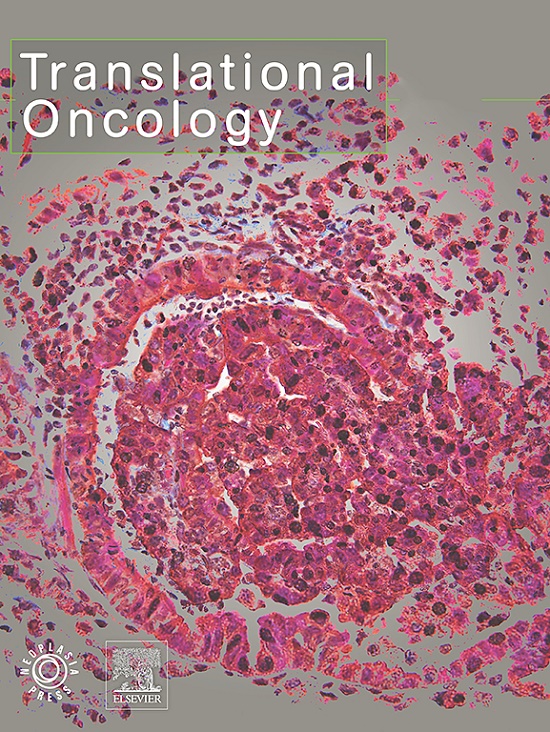Bidirectional roles of neutrophil extracellular traps in oral microbiota carcinogenesis: A systematic review
IF 5
2区 医学
Q2 Medicine
引用次数: 0
Abstract
Background
Neutrophil extracellular traps (NETs) are network structures composed of DNA, histones, and antimicrobial proteins,released by activated neutrophils to trap and eliminate extracellular pathogens. Recent research has demonstrated a strong correlation between NETs and various diseases, including immune dysregulation, thrombosis, and malignancies. This review synthesizes current research on NETs, focusing on its biological role in oral squamous cell carcinoma (OSCC) and explores its potential in treating.
Methods
A literature review in the PubMed database was conducted to examine the impact of NETs on the homeostasis of oral microbiota and the involvement in the development of oral microbiota-related carcinogenesis.
Results
Various microorganisms, including Porphyromonas gingivalis, Fusobacterium nucleatum, Streptococcus spp., along with Candida albicans, as well as certain viruses such as Human papillomavirus (HPV), Human herpes virus 8 (HHV-8), and Herpes simplex virus-1 (HSV-1)are regulated by NETs during oral colonization and proliferation and have been identified as contributors to the pathogenesis of oral squamous cell carcinoma. NETs have been shown to play a dual role in the carcinogenic process of oral microbiota in humans. At the initial stage of tumor formation, NETs inhibit tumorigenesis by eliminating tumorigenic bacteria that infiltrated the tumor; however, following tumor establishment, various cytokines and chemokines that promote tumor progression are released by neutrophils during the NETs formation.
Conclusion
This article reviews the oncogenic mechanisms of NETs in the oral microbiota, with potential implications for early tumor detection and the development of microbe-targeted therapies.

中性粒细胞胞外陷阱在口腔微生物群癌变中的双向作用:系统综述
中性粒细胞胞外陷阱(NETs)是由DNA、组蛋白和抗菌蛋白组成的网络结构,由活化的中性粒细胞释放,以捕获和消除细胞外病原体。最近的研究表明,NETs与多种疾病之间存在很强的相关性,包括免疫失调、血栓形成和恶性肿瘤。本文综述了NETs的研究现状,重点关注其在口腔鳞状细胞癌(OSCC)中的生物学作用,并探讨了其治疗潜力。方法在PubMed数据库中进行文献综述,研究NETs对口腔微生物群动态平衡的影响及其与口腔微生物群相关癌变的关系。结果多种微生物,包括牙龈卟啉单胞菌、核梭杆菌、链球菌、白色念珠菌,以及某些病毒,如人乳头瘤病毒(HPV)、人疱疹病毒8 (HHV-8)和单纯疱疹病毒1 (HSV-1),在口腔定植和增殖过程中受到NETs的调节,并被确定为口腔鳞状细胞癌的发病机制。NETs已被证明在人类口腔微生物群的致癌过程中发挥双重作用。在肿瘤形成初期,NETs通过消除浸润肿瘤的致瘤细菌抑制肿瘤发生;然而,在肿瘤形成后,中性粒细胞在NETs形成过程中释放各种促进肿瘤进展的细胞因子和趋化因子。本文综述了NETs在口腔微生物群中的致癌机制,对早期肿瘤检测和开发微生物靶向治疗具有潜在的指导意义。
本文章由计算机程序翻译,如有差异,请以英文原文为准。
求助全文
约1分钟内获得全文
求助全文
来源期刊

Translational Oncology
ONCOLOGY-
CiteScore
8.40
自引率
2.00%
发文量
314
审稿时长
54 days
期刊介绍:
Translational Oncology publishes the results of novel research investigations which bridge the laboratory and clinical settings including risk assessment, cellular and molecular characterization, prevention, detection, diagnosis and treatment of human cancers with the overall goal of improving the clinical care of oncology patients. Translational Oncology will publish laboratory studies of novel therapeutic interventions as well as clinical trials which evaluate new treatment paradigms for cancer. Peer reviewed manuscript types include Original Reports, Reviews and Editorials.
 求助内容:
求助内容: 应助结果提醒方式:
应助结果提醒方式:


